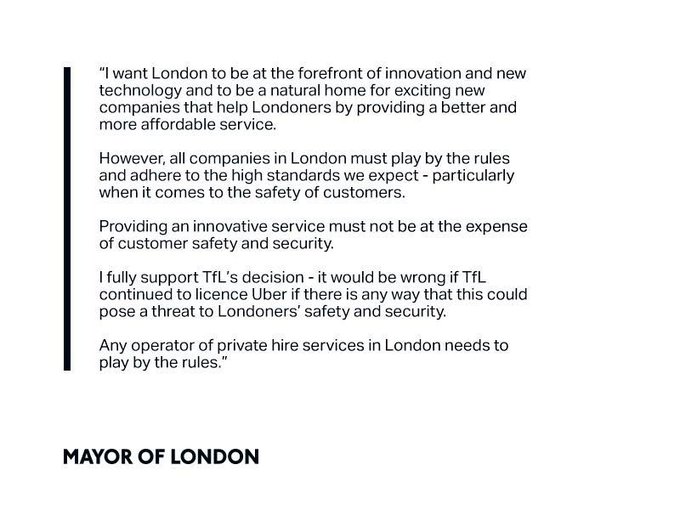As reported by The Verge: Daimler AG, the parent company of Mercedes-Benz, plans to offer electrified versions of all of its cars by 2022 under the new EQ sub-brand. And now the company has announced that many of those will be built in the United States.
To do this, Daimler is pouring $1 billion into the 20-year-old factory the company runs just outside Tuscaloosa, Alabama. A 1-million-square-foot expansion will be added, with construction starting in 2018 and vehicle production expected to start in the early 2020s. Daimler is still hashing out details with the local governments, but the move is expected to create about 600 new jobs. Until now, the company had only built electric vehicles in its home country, according to Automotive News.
 The Mercedes-Benz plant in Alabama mostly builds SUVs, so the company will focus on producing the electrified versions of those vehicles. And it’s important to remember here that “electrified” doesn’t necessarily mean “all-electric.” While some vehicles built at the Tuscaloosa plant will likely be all-electric, “electrified” refers to anything that uses an electric motor, meaning hybrids are included in that term as well.
The Mercedes-Benz plant in Alabama mostly builds SUVs, so the company will focus on producing the electrified versions of those vehicles. And it’s important to remember here that “electrified” doesn’t necessarily mean “all-electric.” While some vehicles built at the Tuscaloosa plant will likely be all-electric, “electrified” refers to anything that uses an electric motor, meaning hybrids are included in that term as well.
Mercedes will also build batteries in another new addition to the facility. That will give the company valuable proximity to the vehicle production line, but also could help it compete with Tesla in another new section of the energy market that it’s been testing lately: home batteries.
Daimler is not the first major automaker to make a big push for electric vehicles. Ford announced a $4.5 billion investment into EV production back in 2015, Volkswagen announced a similar effort one year later while under pressure for its emissions scandal, and many other automakers have since followed suit as countries around the world move to ban or reduce the number of cars powered by fossil fuels. But there’s a long way to go to reach that goal. Combined, electric and hybrid vehicles made up just under 3 percent of cars sold in the US in 2016.
To do this, Daimler is pouring $1 billion into the 20-year-old factory the company runs just outside Tuscaloosa, Alabama. A 1-million-square-foot expansion will be added, with construction starting in 2018 and vehicle production expected to start in the early 2020s. Daimler is still hashing out details with the local governments, but the move is expected to create about 600 new jobs. Until now, the company had only built electric vehicles in its home country, according to Automotive News.
 The Mercedes-Benz plant in Alabama mostly builds SUVs, so the company will focus on producing the electrified versions of those vehicles. And it’s important to remember here that “electrified” doesn’t necessarily mean “all-electric.” While some vehicles built at the Tuscaloosa plant will likely be all-electric, “electrified” refers to anything that uses an electric motor, meaning hybrids are included in that term as well.
The Mercedes-Benz plant in Alabama mostly builds SUVs, so the company will focus on producing the electrified versions of those vehicles. And it’s important to remember here that “electrified” doesn’t necessarily mean “all-electric.” While some vehicles built at the Tuscaloosa plant will likely be all-electric, “electrified” refers to anything that uses an electric motor, meaning hybrids are included in that term as well.Mercedes will also build batteries in another new addition to the facility. That will give the company valuable proximity to the vehicle production line, but also could help it compete with Tesla in another new section of the energy market that it’s been testing lately: home batteries.
Daimler is not the first major automaker to make a big push for electric vehicles. Ford announced a $4.5 billion investment into EV production back in 2015, Volkswagen announced a similar effort one year later while under pressure for its emissions scandal, and many other automakers have since followed suit as countries around the world move to ban or reduce the number of cars powered by fossil fuels. But there’s a long way to go to reach that goal. Combined, electric and hybrid vehicles made up just under 3 percent of cars sold in the US in 2016.

















